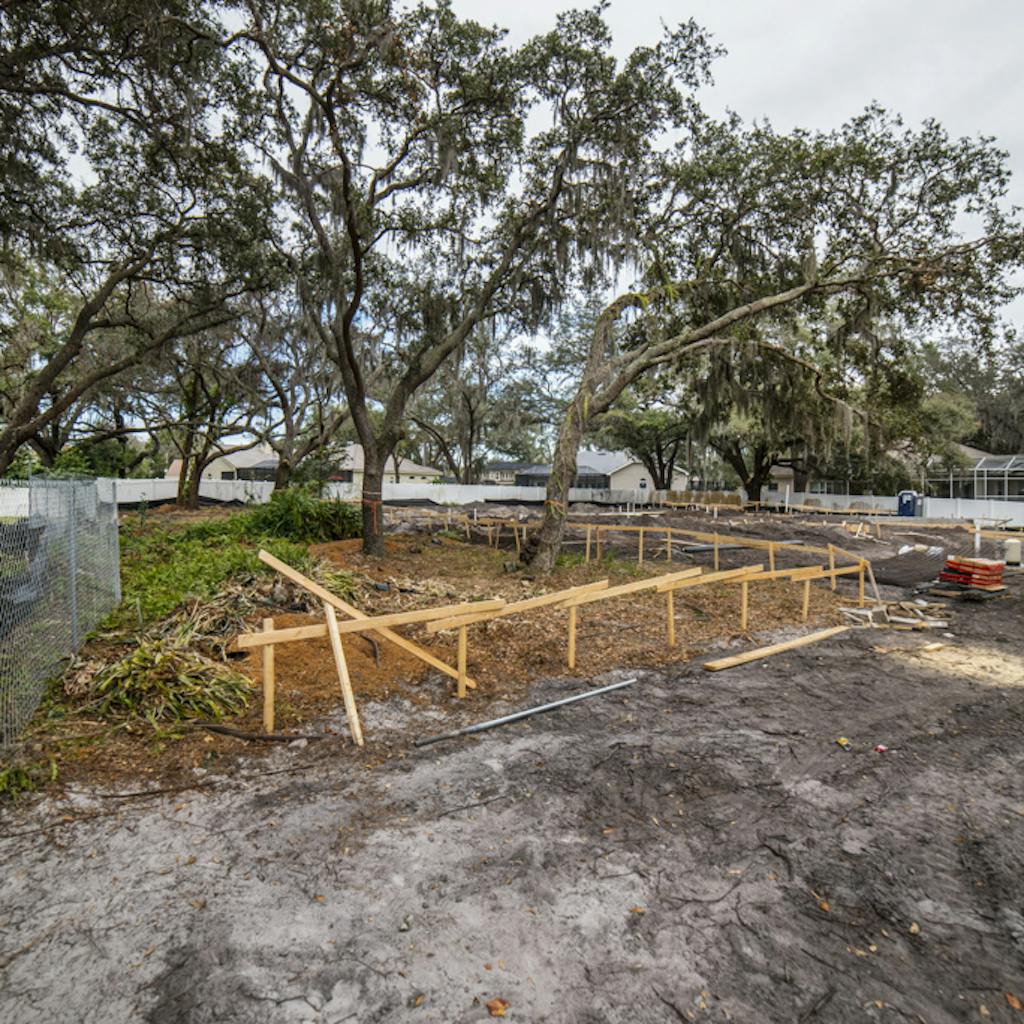Tree Protection – Union Street, Clearwater, FL
Jul 14, 2021
4 min read
Discover how we follow the rules and regulations in one of our sites to make sure your home construction experience is smooth and headache-free.

I thought I would go back and talk about the importance of tree protection. Tree protection barriers must be installed to protect trees from damage during construction. Damage may occur to tree trunks, branches, and roots. As visitors of our website, you understand that the trees on this job site in Clearwater, Florida, are an important feature to the future homeowners and us as builders. We purposely built large expansive barriers that roughly cover the edges of the tree canopy. While some areas only protect the tree trunks, damage to roots could kill the tree and lead to its ultimate demise.
Tree protection barriers are required as a condition of building permits, demolition permits, development permits, development variance permits, and subdivisions. Tree protection barriers stay in place until substantial completion of the home is performed, and we get the green light from the building inspector to remove them. Any time you still could have heavy machinery or trucks drive on-site would be a potential danger to the trees.
Gallery
We encircled each of the trees on the lot with fencing that we created out of 2×4 SPF lumber. You can see our starter materials laid out in order and we give space away from the fencing when we place those materials down.
This was an enormous area to work in. Our job site is within the City of Clearwater, so we didn’t want to waste too many materials to achieve the same result.
Within the barriers, we still have to trim the vegetation to prevent overgrowth.
Point of view from the tree “Keep those machines far away from me”
The edges of the property are protected by existing neighborhood fencing.
Lots of space for vehicles to move around; otherwise, we would have done more. Often we have to balance decisions for the homeowner, environment, and city of Clearwater requirements. You can see the area for the initial slab of the home.
Construction of Tree Protection Barriers
It took us a couple of hours, given the size of the project. We went around each tree canopy and sledgehammered the posts into the ground, then used normal 2×4 SPF lumber that was nailed together until the trees were surrounded. We worked on this while we were clearing up the site.
We thought of some alternatives using a criss-cross pattern or using plastic orange plastic mesh fencing as facing. But we ultimately decided against it. Partially due to time, partially due to the consideration that the site was wide enough to observe and maneuver around the trees. If this was a tighter location, a truck backing into the trees could be a real problem, but in our large lot, the feel of the location did not warrant the extra expense to the homeowner. Also, treated wood was a consideration, but since chemical leeching could occur for fully exposed wood (compared to treated wood that ultimately would be covered by sheathing and cladding material). We also felt that this normal 2×4 material could be repurposed later if required as blocking or other future tree protection.
Why even bother?
Experts agree that tree protection during construction is more important (and less expensive) than tree expansion programs after the fact. Construction activities such as paving, sidewalk installations, excavation, and road widening can severely affect existing trees. Some areas of impact are root cutting, branch abrasions, and trunk fractures. These injuries can lead to rot and decay, structural damage, canopy loss, or tree death. Properly valuing green space and implementing a strategy to monitor, sample, measure, and protect vegetation is critical to development.
Doing this before construction will effectively preserve the urban forest and maintain its integrity. Our professional arborist recommends how to protect and preserve trees near the construction project.
Similarly, there is a wealth of information on the complex relationship between trees and building foundations related to soil types, surface drainage practices, and the variation between species of trees.
This article was last updated on Dec 12, 2025
Share